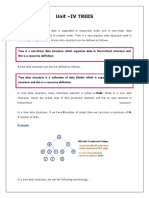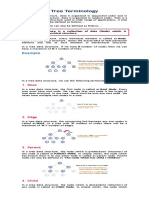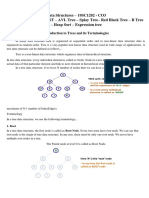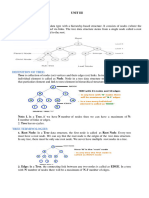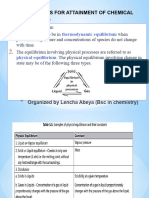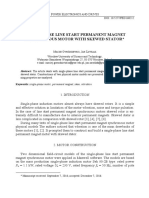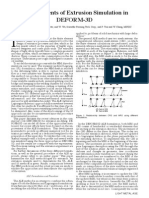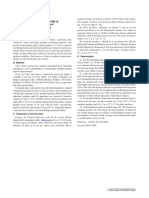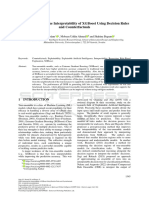0% found this document useful (0 votes)
45 views40 pagesUnit - 4 Tree
A tree is a non-linear data structure that organizes data hierarchically, consisting of nodes connected by edges. Key terminology includes root, parent, child, leaf, internal nodes, degree, level, height, depth, and path. Binary trees, a special type of tree, allow each node to have a maximum of two children and include various types such as strictly binary, complete, and extended binary trees, along with their representations and traversal methods.
Uploaded by
venkatatejeshpulimiCopyright
© © All Rights Reserved
We take content rights seriously. If you suspect this is your content, claim it here.
Available Formats
Download as PDF, TXT or read online on Scribd
0% found this document useful (0 votes)
45 views40 pagesUnit - 4 Tree
A tree is a non-linear data structure that organizes data hierarchically, consisting of nodes connected by edges. Key terminology includes root, parent, child, leaf, internal nodes, degree, level, height, depth, and path. Binary trees, a special type of tree, allow each node to have a maximum of two children and include various types such as strictly binary, complete, and extended binary trees, along with their representations and traversal methods.
Uploaded by
venkatatejeshpulimiCopyright
© © All Rights Reserved
We take content rights seriously. If you suspect this is your content, claim it here.
Available Formats
Download as PDF, TXT or read online on Scribd
/ 40

